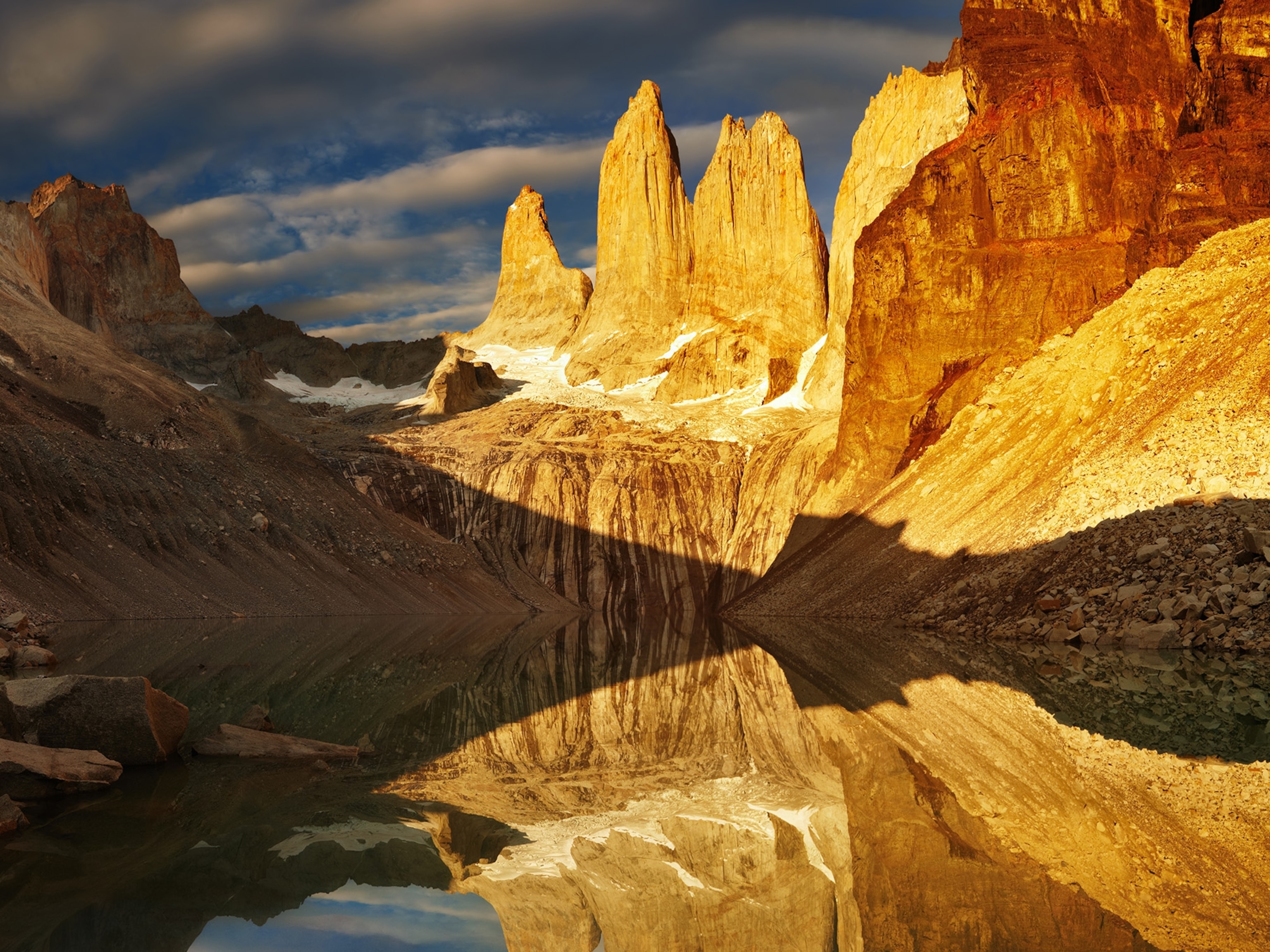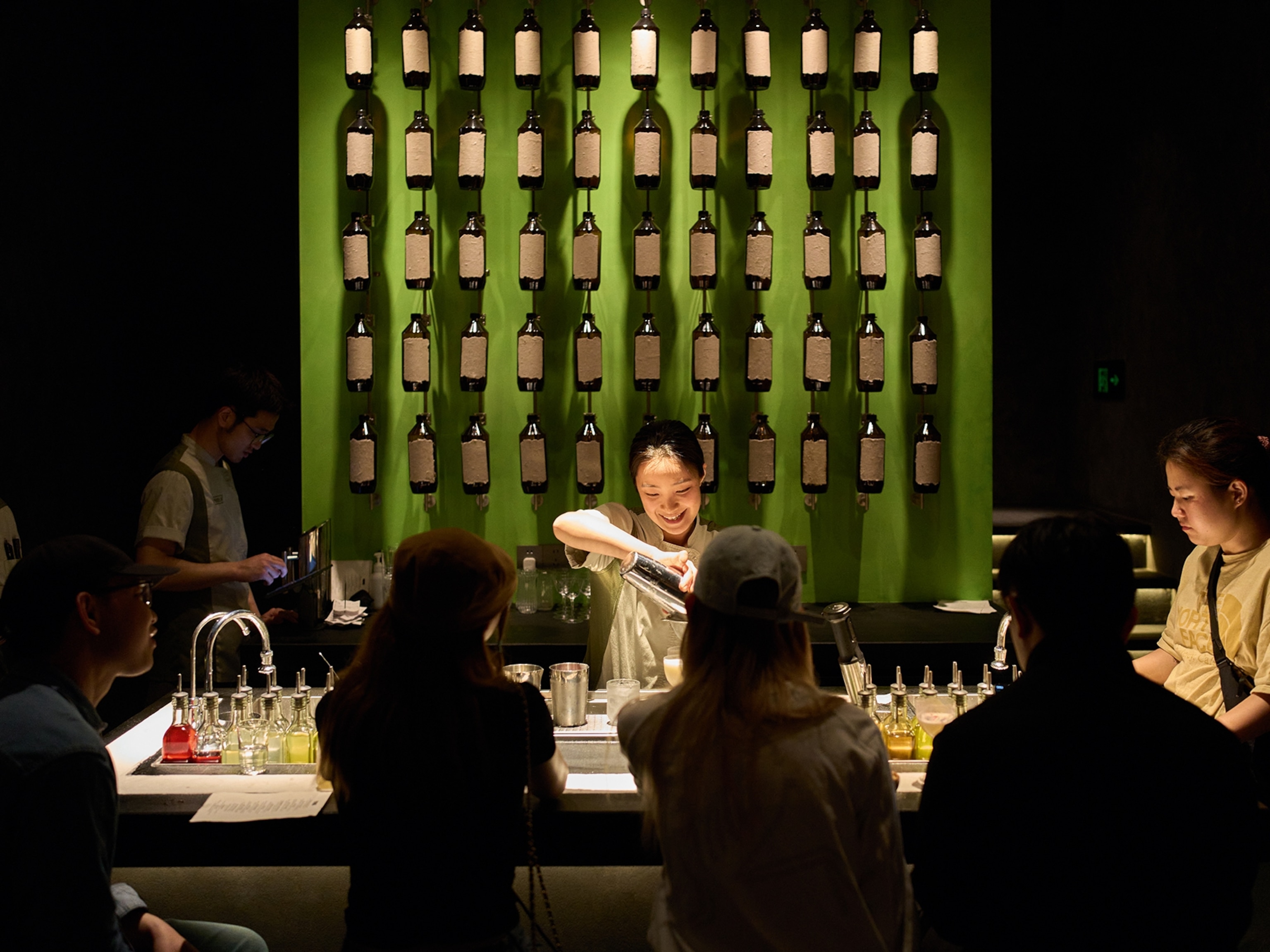
How to spend a long weekend in Penang, Malaysia's quirky, culinary capital.
Heritage architecture, beautiful beaches, lush national parks packed with wildlife and some of the most sought-after food in all of Asia — Malaysia's second smallest state punches well above its weight. Discover how to spend an idyllic 72 hours here.
Located on the north-west coast of the Malay Peninsular, lapped by the Malacca Strait, Penang has been forged as a crossroads of cultures. From the Indigenous Malays — whose history in Penang dates back more than 5,000 years — and the first-century Indian spice traders, to the Ming dynasty Chinese sailors and the 18th-century British colonisers of the East India Company; it's clear to see that many left their mark on the region’s culture, language, architecture and cuisine.
The result is a thrilling mishmash of attractions, including two UNESCO World Heritage sites: George Town and the Penang Hill Biosphere Reserve. But for all its rich history, Penang is far from stuck in the past. Fused with a creative energy, the island is awash with street art, cool cafes, smart restaurants and fabulous boutique hotels housed inside colonial-era mansions and pastel-painted shophouses. Visit in July to catch the George Town Festival, a whirlwind of art and photography exhibitions, musical and theatrical performances, literary readings and comedy shows.
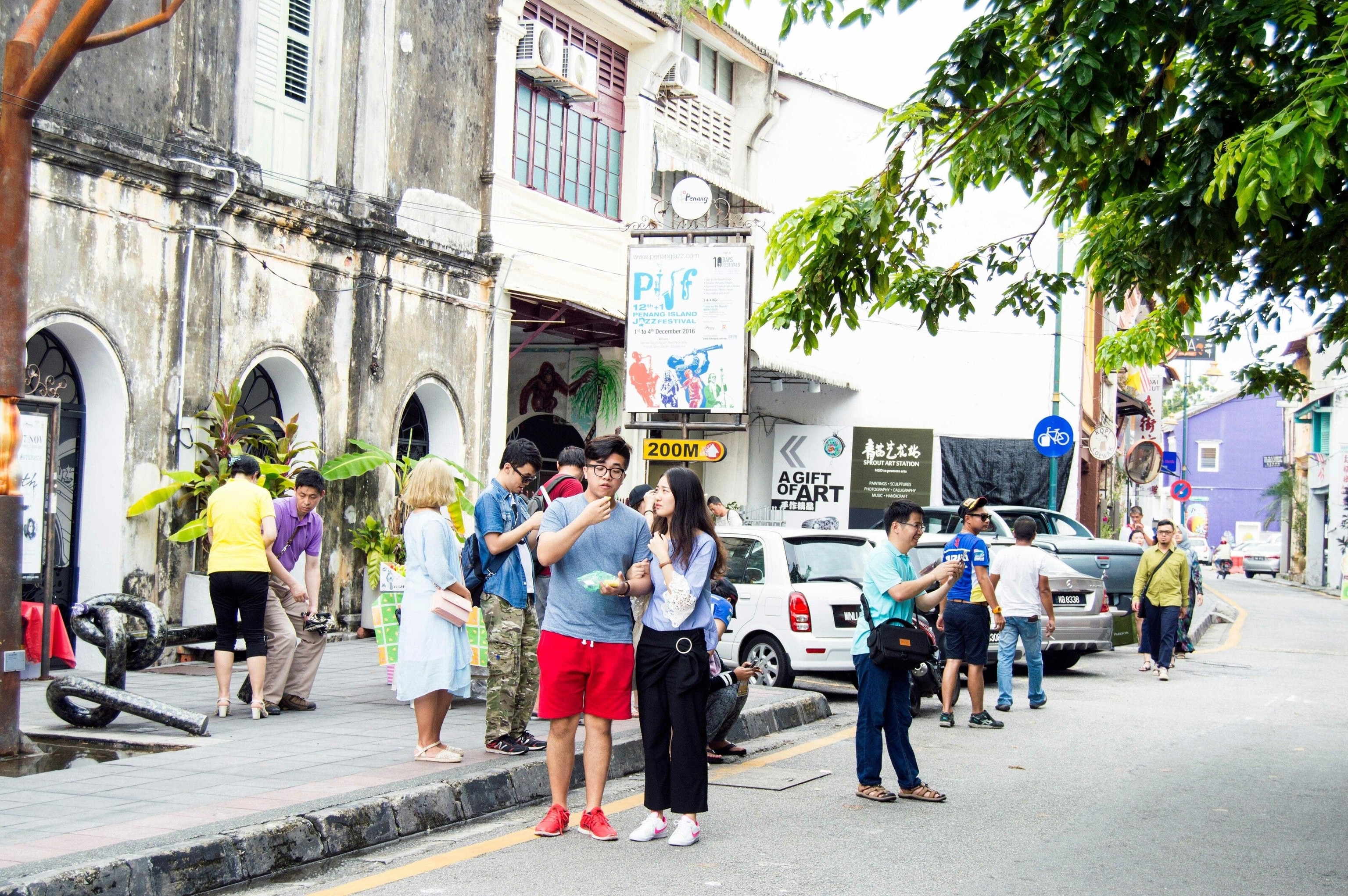
DAY ONE
Cakes, pastries, coconut-smeared kaya toast and rich cups of kopi (coffee) are served up every morning inside China House, a beautiful shopping and dining complex in George Town, made up of three restored heritage buildings complete with exposed beams, carved wood and leafy courtyards. Plant yourself under a mango tree and fortify yourself before taking on George Town's UNESCO-designated highlights.
Start on Armenian Street (named after the group of immigrant entrepreneurs that included the Sarkies brothers, who established Raffles Singapore), making your first stop the Sun Yat-sen Museum, an ornately decorated shophouse filled with dramatic dioramas depicting the statesman’s role in shaping modern China. From here, you can heritage-hop to the magnificent Khoo Kongsi clan house, the incense-wrapped Kuan Yin Teng (Goddess of Mercy) Taoist temple, the antique-packed Pinang Peranakan Mansion, the Moorish-inspired Kapitan Keling Mosque, and St George’s Church, the oldest Anglican church in Southeast Asia.
When the sun begins to set, hail a trishaw and alight at Rojak Ho Wei Jeng, a semi-open-air hawker centre by the sea. You can watch the sun go down as you tuck into one of Penang's most popular dishes: rojak, a medley of chunky fruits and vegetables drenched in a tangy sweet-and-spicy sauce.
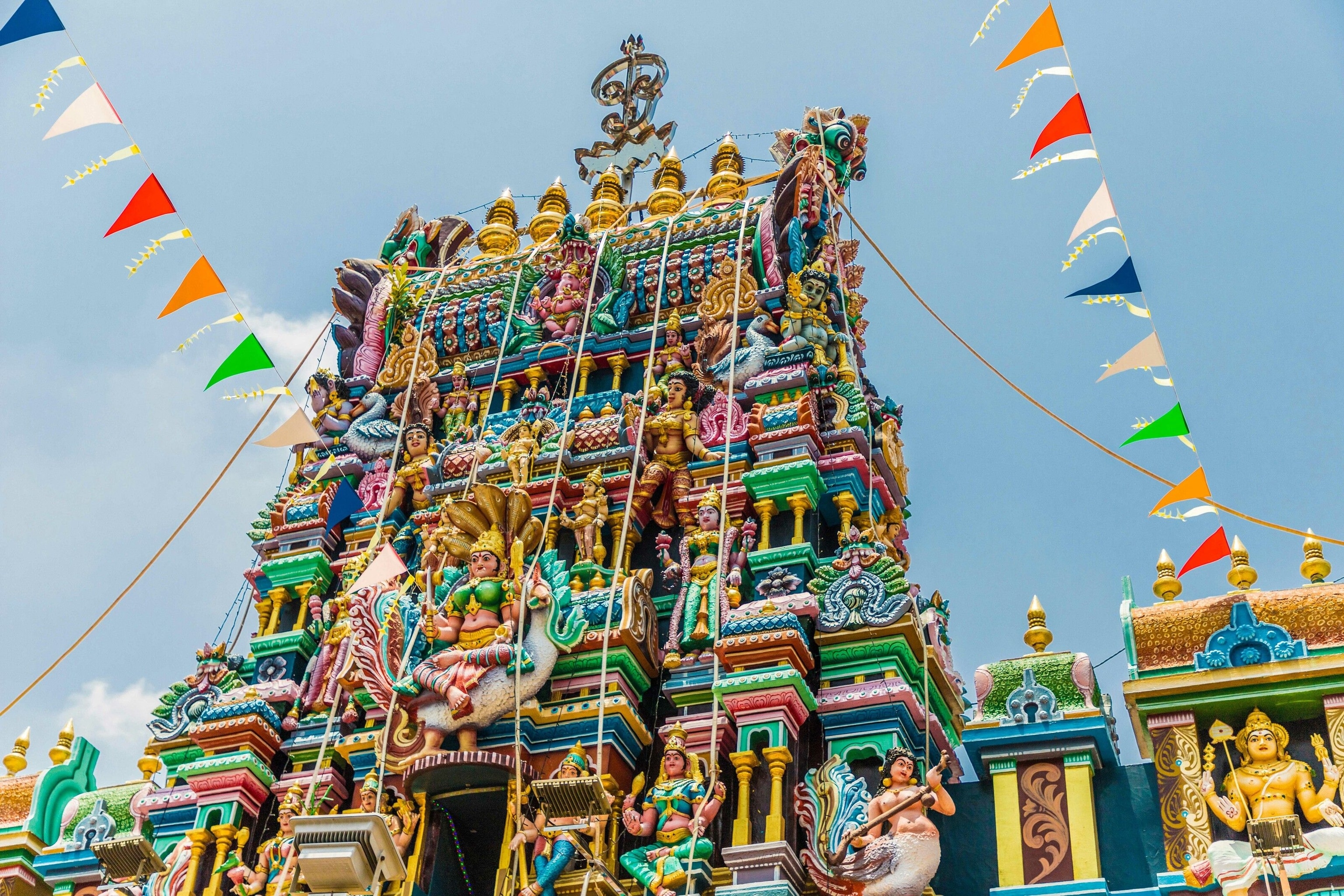
DAY TWO
The cooler, quieter mornings are the ideal time to explore George Town’s vibrant street-art scene. More than 100 paintings, murals, cartoons and sculptures are scattered across the heritage neighbourhood, gifted to the community by both local and international artists. Some are easy to find, others are hidden down tiny alleys and in back gardens. To make sure you don’t miss any, visit Street Art Penang to find a map showing them all.
End your tour at the market street of Jalan Pasar, where you can stroll straight into Little India, a vibrant neighbourhood packed with shops selling bejewelled saris, ornate gold necklaces, ribbons of marigolds, sandalwood soaps and some of the best South Asian food in the country. Fill up on samosas, tandoori and roti canai served from carts on the street, or have a sit-down banana leaf curry feast at Veloo Villas, a basic but brilliant vegetarian restaurant famed for its thali and crisp dosa.
Finish the day with a relaxing stroll along Padang Kota Lama (Penang Esplanade), a grassy waterfront promenade lined with palladian and baroque buildings dating back to the 18th century. Walk to Fort Cornwallis before sidestepping into the pink-tinged Beso Rosado by Chin Chin for gin cocktails topped with pineapple foam.
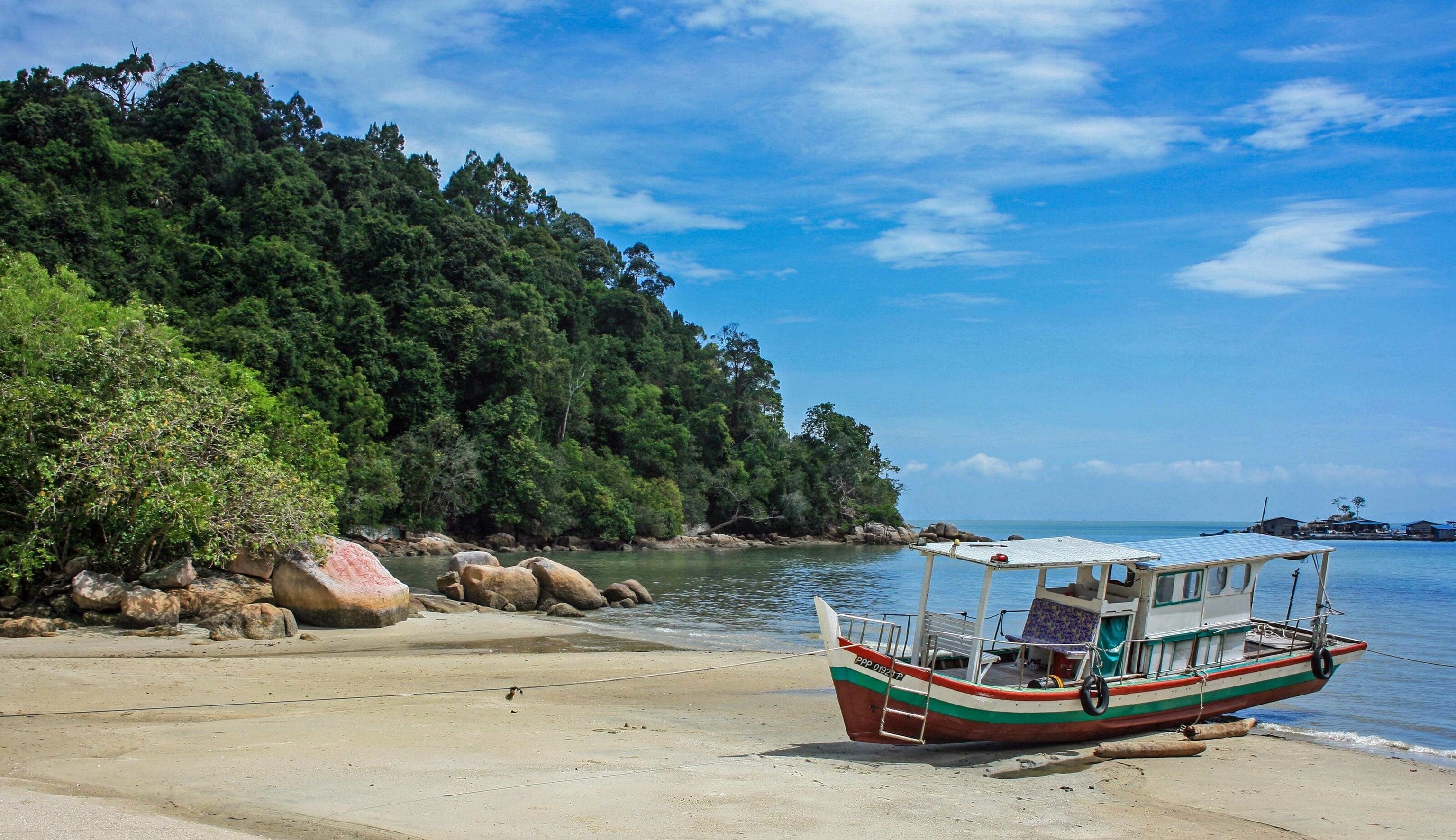
DAY THREE
Set aside a whole day for Penang Hill, a vast million-year-old rainforest recently anointed as a UNESCO Biosphere Reserve. Sprawling over 30,000 acres, the reserve includes the Penang Botanic Gardens (opened in 1884), the Penang National Park and six ancient forests, as well as coastal and marine ecosystems.
Get there by taking the Penang Hill Railway funicular from Air Itam, on the outskirts of George Town, which climbs up Penang's highest peak and into the reserve. From here, you can set off on a number of adventures: zip-line, abseil, traverse the Langur Way Canopy Walk and the Curtis Crest Treetop Walk, admire orchids and rare tropical flowers at the Monkey Cup Garden.
Later, venture into the Penang National Park and take a downward 90-minute hike through lush jungles filled with silvered leaf monkeys, flying lemurs, leopard cats and hundreds of species of birds, reptiles, amphibians and insects, until you reach the golden sands of Monkey Beach, one of the most beautiful beaches on the island. Thatched-roof cafes sell cold drinks and grilled seafood. When you’re done for the day, you can hop on a long-tail boat back to the Penang National Park jetty.
Plan it
Malaysia Airlines operates flights from London to Kuala Lumpur, with onward connections to Penang. Getting around is easy thanks to the free Central Area Transit (CAT) bus system, which circles all the major sites from 06.00 until 23.40. Alternatively, you can rent a bicycle, hop on a tricycle or hire a taxi.
Follow National Geographic Traveller (UK) on social media
